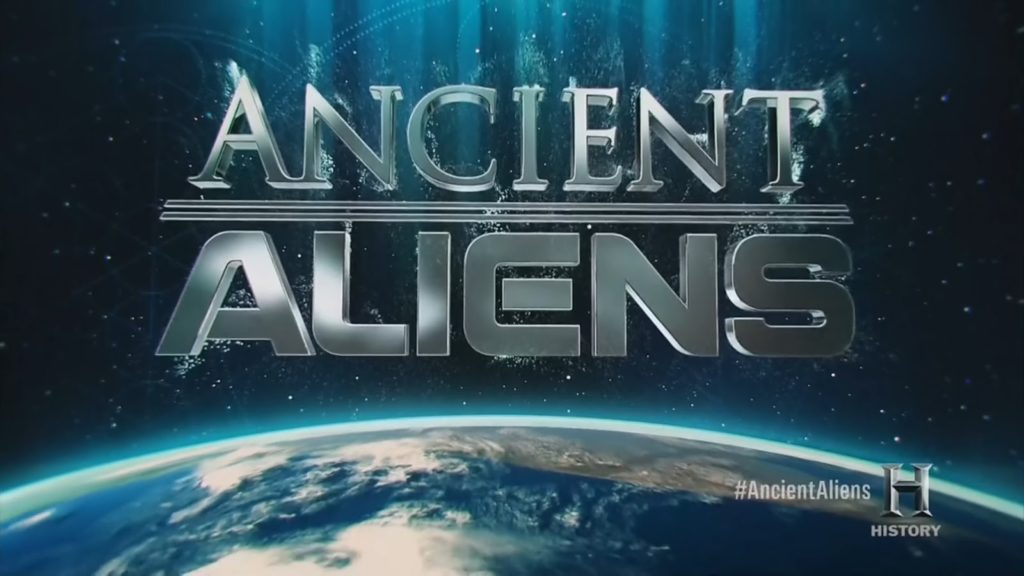Ancient Aliens – They Came from The Pleiades episode 7 2020: In numerous ancient cultures throughout the world, stories were told of ancestors that came to Earth from the Pleiades star cluster. Could new scientific findings reveal that humankind’s true origins lie not on Earth… but 400 light years away’
Ancient Aliens explores the controversial theory that extraterrestrials have visited Earth for millions of years. From the age of the dinosaurs to ancient Egypt, from early cave drawings to continued mass sightings in the US, each episode in this hit HISTORY series gives historic depth to the questions, speculations, provocative controversies, first-hand accounts and grounded theories surrounding this age old debate. Did intelligent beings from outer space visit Earth thousands of years ago?
Ancient Aliens – They Came from The Pleiades episode 7 2020
The Pleiades
The Pleiades also known as the Seven Sisters and Messier 45, are an open star cluster containing middle-aged, hot B-type stars located in the constellation of Taurus. It is among the star clusters nearest Earth and is the cluster most obvious to the naked eye in the night sky.
The cluster is dominated by hot blue and luminous stars that have formed within the last 100 million years. Reflection nebulae around the brightest stars were once thought to be left over material from the formation of the cluster, but are now considered likely to be an unrelated dust cloud in the interstellar medium through which the stars are currently passing.
Computer simulations have shown that the Pleiades were probably formed from a compact configuration that resembled the Orion Nebula.[8] Astronomers estimate that the cluster will survive for about another 250 million years, after which it will disperse due to gravitational interactions with its galactic neighborhood.
Folklore and mythology
The Pleiades are a prominent sight in winter in the Northern Hemisphere, and are easily visible out to mid-Southern latitudes. They have been known since antiquity to cultures all around the world, including the Celts, Hawaiians (who call them Makaliʻi), Māori (who call them Matariki), Aboriginal Australians (from several traditions), the Persians, the Arabs (who called them Thurayya), the Chinese (who called them mǎo), the Quechua, the Japanese, the Maya, the Aztec, the Sioux, the Kiowa, and the Cherokee. In Hinduism, the Pleiades are known as Krittika and are associated with the war-god Kartikeya. They are also mentioned three times in the Bible.
The earliest-known depiction of the Pleiades is likely a Northern German bronze age artifact known as the Nebra sky disk, dated to approximately 1600 BC. The Babylonian star catalogues name the Pleiades MULMUL , meaning “stars” (literally “star star”), and they head the list of stars along the ecliptic, reflecting the fact that they were close to the point of vernal equinox around the 23rd century BC. The Ancient Egyptians may have used the names “Followers” and “Ennead” in the prognosis texts of the Calendar of Lucky and Unlucky Days of papyrus Cairo 86637. Some Greek astronomers considered them to be a distinct constellation, and they are mentioned by Hesiod’s Works and Days, Homer’s Iliad and Odyssey, and the Geoponica. Some scholars of Islam suggested that the Pleiades (ath-thurayya) are the “star” mentioned in Sura An-Najm (“The Star”) of the Quran.




